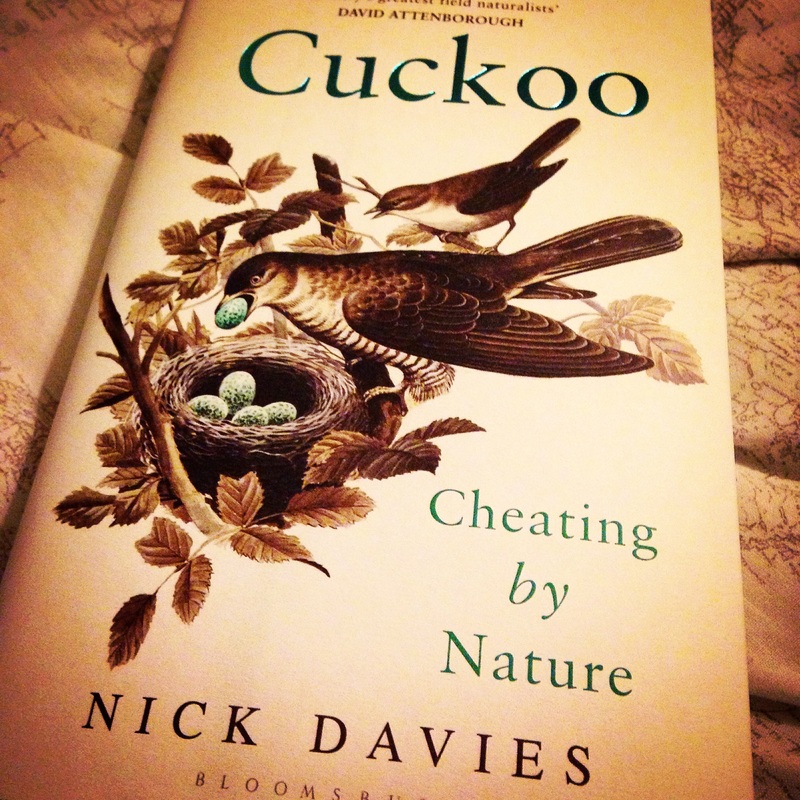First up, a paper about sexual conflict in a hemaphroditic species, plus it involves love darts! Snails have a really interesting mating system and this paper looks into how the costly behaviour of having love darts leads to conflict, sexual arms race and diversification of morphologies.
Kiruma & Chiba (2015) The direct cost of traumatic secretion transfer in hermaphroditic land snails: individuals stabbed with a love dart decrease lifetime fecundity. Proc R Soc B
http://rspb.royalsocietypublishing.org/content/282/1804/20143063
Next up, a themed issue on the biological impacts of artificial light, put together by Gaston, Visser and Holker. Its in Philosophical Transactions and my favourite paper in it is by Dominoni & Partecke called
"Does light pollution alter daylength? A test using light loggers on free-rannging European blackbirds (Turdus merula)"
http://rstb.royalsocietypublishing.org/content/370/1667.toc
A paper about duetting in wrens. Using playbacks the authors show that females preferentially sing duets with mates to ward off intruders over singing overlapping songs with the 'intruding' female - which they do in the absence of their mate singing.
Templeton et al. (2015) Female happy wrens select songs to cooperate with their mates rather than confront intruders. Proc R Soc B
http://rsbl.royalsocietypublishing.org/content/9/1/20120863
Vocal duetting occurs in many taxa, but its function remains much-debated. Like species in which only one sex sings, duetting birds can use their song repertoires to signal aggression by singing song types that match those of territorial intruders. However, when pairs do not share specific combinations of songs (duet codes), individuals must choose to signal aggression by matching the same-sex rival, or commitment by replying appropriately to their mate. Here, we examined the song types used by female happy wrens (Pheugopedius felix) forced to make this decision in a playback experiment. We temporarily removed the male from the territory and then played songs from two loudspeakers to simulate an intruding female and the removed mate's response, using song types that the pair possessed but did not naturally combine into duets. Females were aggressive towards the female playback speaker, approaching it and overlapping the female playback songs, but nevertheless replied appropriately to their mate's songs instead of type matching the intruding female. This study indicates that females use song overlapping to signal aggression but use their vocal repertoires to create pair-specific duet codes with their mates, suggesting that duetting functions primarily to demonstrate pair commitment.
Lastly, a nice blog about sex ratios in bumble bees. Eusocial hymenoptera are fascinating, they have enthralled scientist for generations. Because of the asymmetric relatedness caused by haplodiploidy the conflicts and cooperation within these societies provide so many avenues for investigation and manipulation.
A little snippet from the blog: "Analysing my data I realised there were two types of colonies: those that quickly started to produce sexual individuals, and others that took much longer. The former invested much more in male production, whereas the latter mainly produced new queens. Hence, it appeared colonies adopted different strategies, and I hypothesised that both strategies could be equally successful, provided a population contains both."
https://blogs.royalsociety.org/publishing/sex-ratios-in-bumblebees-and-an-influential-experience/?utm_source=social_media&utm_medium=hootsuite&utm_campaign=standard--


 RSS Feed
RSS Feed
